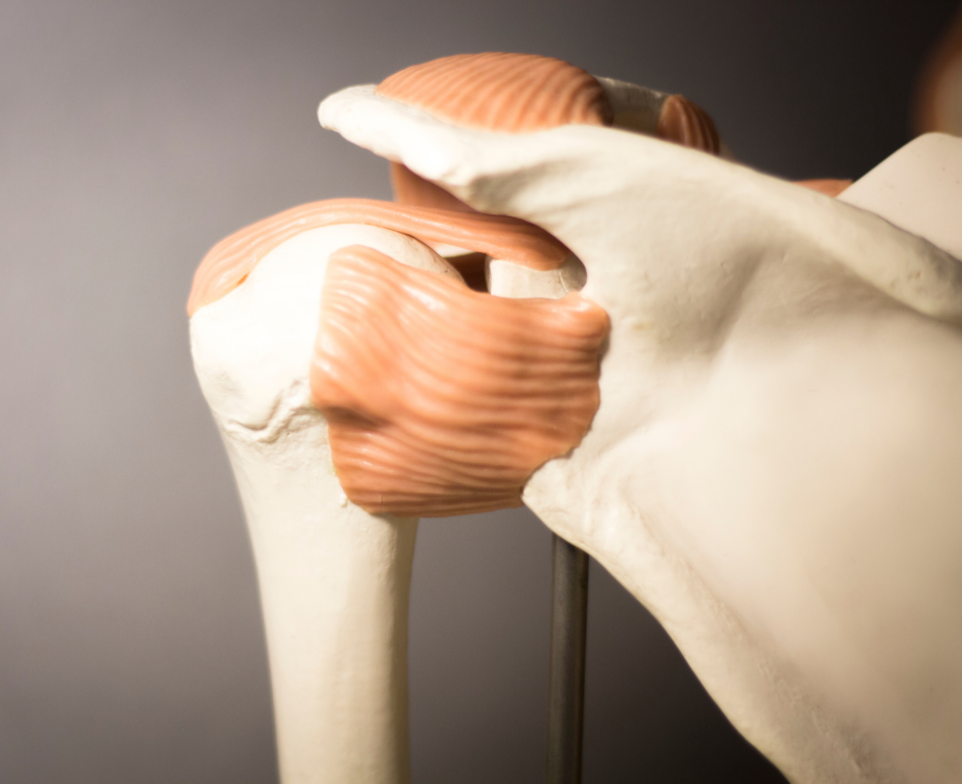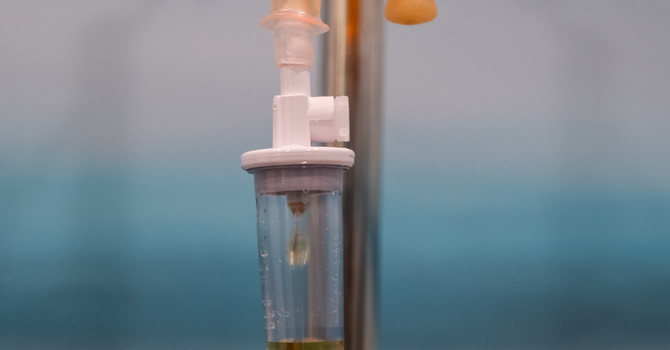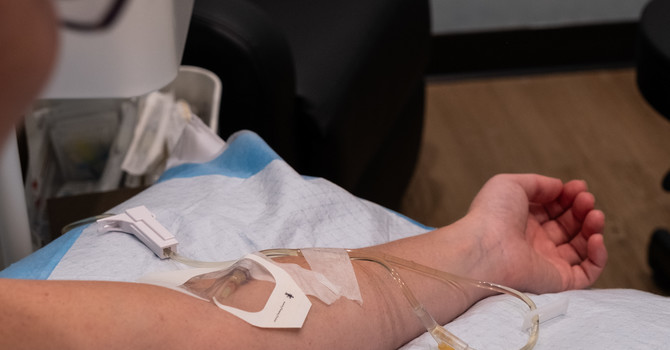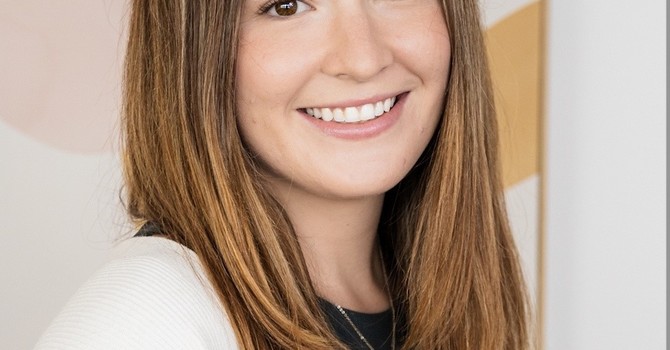
The MRI results are in and you see results that have you questioning if you can ever throw a baseball, hit a volleyball, or skip a rock ever again. The last thing anyone ever wants to hear is that a piece of their anatomy is torn or degenerated and that surgery may be required. Sometimes surgery is necessary and success rates for the general population and most athletes are typically high. Throwing athletes can be an exeption. Visiting a chiropractor to discuss what treatment options may be right for you can go a long way to prevent recurring issues and could potentially prevent surgery. The following is some important information that you need to know about what a SLAP tear actually is and what outcomes can look like post-surgery.
What is a glenoid labrum?
The glenohumeral (shoulder) joint is a shallow ball and socket in which the head of the humerus (ball) articulates with the glenoid fossa (socket) of the shoulder blade. Very little surface area exists between the two bones. This type of joint allows for a large range of motion and is inherently the least stable joint in the body.
The labrum consists of fibrocartilaginous and fibrous tissue that attaches to the glenoid fossa and to the capsular ligaments that attach the humerus on to the shoulder blade. The labrum extends out slightly around the rim of the glenoid, deepening the joint by 50% and allowing for more surface area while also providing padding for the humerus to articulate. It is also important to note that the long head of the biceps brachii tendon attaches into the superior aspect of the glenoid labrum.
How does a SLAP tear occur?
When a pitcher maximally rotates him arm back (external rotation) in the late cocking/early acceleration phases of throwing, tension pulls the attachment of the long head of the biceps brachii posteriorly on the labrum and results in micro-tearing of the glenoid labrum. Over time, due to the repetitive nature and shear violent mechanics involved with pitching, the labrum undergoes changes and can result in 4 grades of labrum "tears or abnormalities." However, some of these may not even be abnormal but actually functional adaptations of the joint to allow for greater external rotation at the shoulder so that athletes can throw at higher speeds and for longer distances.
Furthermore, some of these tears may actually be acute traumatic tears where a large portion of the tear occurs at once. How the tear occurs can have a significant effect on how the shoulder responds to injury. Tearing may show no effect or may present with pain or altered performance.
How prevalent are SLAP lesions?
If you're been a throwing athlete for an extended period of time, chances are that you have one or more of the following: labrum abnormalities, partial thickness rotator cuff tears, SLAP lesions, or Bankart lesion lesions. Interestingly, many of these are asymptomatic and have little to no effect on the throwing athlete.
A recent study by Del Grande F, et al, took 19 asymptomatic MLB draft picks and analyzed their shoulders via MRI. This is important, non of these pitchers had ANY symptoms. Of the 19 pitchers analyzed, 16 had labrum "degeneration" and 7 had labrum tears! That's 84% of these high level athletes that have labrum abnormalities.
Furthermore, Lesniak BP, et al, reviewed MRIs from 21 asymptomatic professional baseball players taken from 2001-2010. Of the 21 MRIs, 10 SLAP lesions were found and 11 anterior or posterior labral tears were noted. 5 of the pitchers even had a combination of a SLAP lesion and some form of anterior or posterior labrum tear. Again, these are major league pitchers with NO SYMPTOMS!
Throwing athlete's arms are ABNORMAL, period.
From the time you throw your first baseball as a child until the day you throw your last pitch, your arm is constantly changing and adapting. If you place a throwing athlete next to a someone of that has never played an overhead sport before, you will notice significant differences.
Throwing athletes can have up to 16 degrees difference of humeral retroversion in their throwing arm than non-throwers. This is an adaptation of the bone that allows for more external rotation and loading of the shoulder! Throwing at a young age actually restricts the natural development of the humerus to de-rotate. In fact, this bony adaptation is how archeologists are able to estimate when humans started hunting with rocks and spears.
The fact of the matter is that your arm is constantly changing to adapt to specific functions. For an athlete to gain the external rotation necessary to throw 90+ mph the anatomy has to deviate from the norm. Micro-trauma and subsequent repair of soft tissues such as the labrum and tendons allows the shoulder to maximize its force-transfer efficiency to deliver stronger throws.
What are the outcomes of surgery?
Surgery for SLAP repair in the general population generally has high success rates. For the athlete with a goal of returning to sport, these rates are significantly lower. These rates continue to decrease if the athlete hopes to return to the same levels of performance.
A 2016 study in the Orthopedic Journal of Sports Medicine by Smith R, et al observed what the outcomes were for major league pitchers before and after SLAP repair. Of the 24 pitchers in the study, only 62.5% were able to return to play. Of those able to return to play, 86.7% were able to return were able to perform at their previous standards (within 2.00 era and .500 whip of their prior to surgery statistics).
Further studies by Cohen et al, showed arthroscopic repair satisfaction of up to 79% in amateur baseball/softball players 3 years after follow up for high school athletes but no performance statistics were analyzed.
Sometimes an MRI finding is just that. A finding. In fact, some might argue that labrum abnormalities are functional adaptations that allow for greater external rotation of the shoulder to increase velocity and force transfer. Whether or not these findings are a pain generator or are effecting performance should be evaluated by licensed professional. Chiropractors and physical therapists are two great places to start the recovery process.







